You can use scikit-image's Gaussian filter to blur thin lines first (with an appropriate sigma), followed by binarization of image (e.g., with some thresholding function), then by morphological operations (such as remove_small_objects or opening with some appropriate structure), to remove the signatures mostly and then try classification of the digits with sliding window (assuming that one is already trained with some blurred characters as in the test image). The following shows an example.
from skimage.morphology import binary_opening, square
from skimage.filters import threshold_minimum
from skimage.io import imread
from skimage.color import rgb2gray
from skimage.filters import gaussian
im = gaussian(rgb2gray(imread('lettersig.jpg')), sigma=2)
thresh = threshold_minimum(im)
im = im > thresh
im = im.astype(np.bool)
plt.figure(figsize=(20,20))
im1 = binary_opening(im, square(3))
plt.imshow(im1)
plt.axis('off')
plt.show()

[EDIT]: Use Deep Learning Models
Another option is to pose the problem as an object detection problem where the alphabets are objects. We can use deep learning: CNN/RNN/Fast RNN models (with tensorflow/keras) for object detection or Yolo model (refer to the this article for car detection with yolo model).


